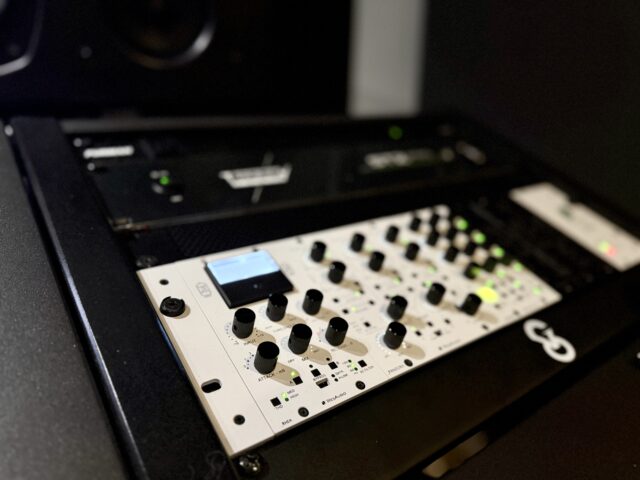At Woodlands studio, we offer mixing services using the best analogue and digital equipment in an accurate, acoustically treated environment to bring your music to a professional and commercially competitive level.
How To Submit Your Music / Turnaround Times / Terms and Conditions
Turnaround Times:
- Due to high demand the general turnaround time for mixing work is between 3 – 10 business days. This time frame can vary. Please ensure you use a file hosting tool where the files can be stored and shared for longer than 7 days. If your files run out, you may get moved to the back of the queue so this is important when sending.
Grouped Stems vs Individual Stems
- If you are looking to do a stem mix, select the first option of 1-10 stems.
- If you are looking for individual track mixing (with included stem mix), select any other option.
- When selected please make sure you export your grouped channels as followed below. This is set out as an example of 9 stems:
-
- Kick
- Bass
- Drums
- Synths
- Pads
- Lead Vocals
- Backing Vocals
- Textures
- FX
How to Submit your music:
- Please send your mixed version as a WAV file separately when sending over the zipped folder as a reference so we can hear what you intended the track to sound.
- Put all the audio files into a compressed zip file and upload this to WeTransfer or a similar file hosting website. Must be downloadable for 14 days.
- Ensure that all limiters, compressors and clippers are removed from the master output channel
- When exporting, make sure to turn off dithering and normalising.
- Before you send over your stems, it is best practice to load them into a new project and make sure that it sounds how you expected it to sound in the original project and that there is no clipping.
- IMPORTANT INFO – PLEASE MAKE SURE YOU NAME ALL ELEMENTS. We will return the mix and ask for this to be sorted if it is not sent correctly or may charge an additional fee if you are unable to make the changes.
- You will have 2 free revisions after we have mixed your record. There will then be a small rendering fee per revision going forward. This fee will be determined by the amount of work you require after each revision.
- When sending feedback for revisions, please be specific and give us timestamps of what needs to be changed.
Terms and Conditions:
- There are no refunds for mixing work.
- We do not offer a try before you buy.
- Please note that all mixing work is completed by Iglesias and Iglesias only.
- Our turnaround times are stated above but these are rough timings. 48 Hour delivery will always take priority.
- You are solely responsible for any audio files, data, text and information submitted by yourself on the website
- All mixing work and emails are strictly confidential from both parties. You must not post any of these online.
- Please send all work using the provided email address. Do not Instagram or WhatsApp updates or revisions. Please use dedicated email threads linked to your orders (info@woodlands.studio)
CUSTOMISE YOUR MIXDOWN
Starting from £150





















